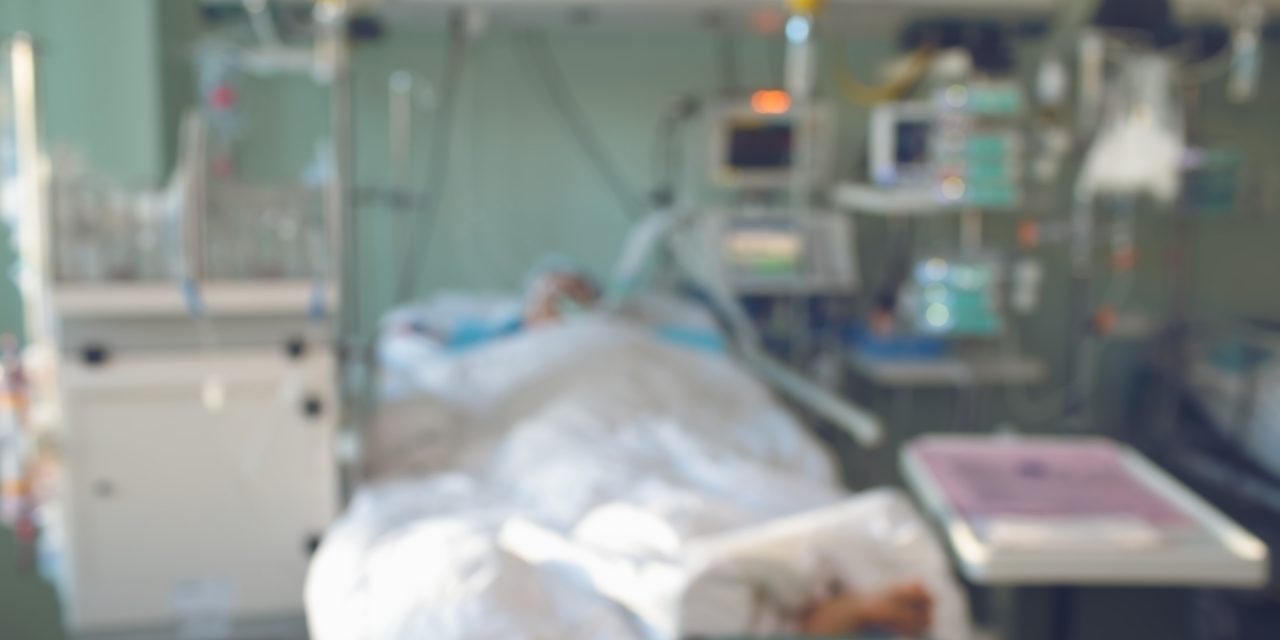The latest literature review on partner relationships following traumatic brain injury (TBI), conducted a decade ago, discussed solely quantitative work and noted significant knowledge gaps. The current review updates and expands on this work by providing an overview of the current state of knowledge on factors related to relationship quality and stability following TBI.
CINAHL, Embase, MEDLINE, Psychology and Behavioral Sciences Collection, APA PsycINFO, and PubMed were searched on April 23, 2020, for literature on factors associated with 1)relationship quality and 2)relationship stability following TBI.
English quantitative and qualitative studies investigating factors associated with relationship quality and/or stability following TBI were included. Two reviewers independently assessed eligibility. If consensus was not reached, a third reviewer’s conclusion was decisive. Forty-three studies were included.
Information regarding study objectives and characteristics, participant demographics, (in)dependent variables, and main findings was extracted. Study quality was rated using the JBI Checklist for Analytical Cross Sectional Studies and/or the CASP Checklist for Qualitative Research. Both were performed by the lead reviewer and checked by the second reviewer.
Thirty-eight factors related to relationship quality and/or stability were identified, covering injury characteristics (e.g., severity), body functions (e.g., personality changes), activities (e.g., communication), participation (e.g., social dependence), environment (e.g., children), and personal factors (e.g., coping strategies).
Relationship quality and stability following TBI are found to be related to a multitude of factors, including newly identified factors such as personality changes and dependence. Future research may wish to quantitatively investigate factors thus far only identified in qualitative research, explore possible positive effects of TBI on relationships, study the experiences of same-sex couples, and include the perspectives of both partners with and without the injury.
Copyright © 2022 The Authors. Published by Elsevier Inc. All rights reserved.
Factors related to the quality and stability of partner relationships after traumatic brain injury: A systematic literature review.


